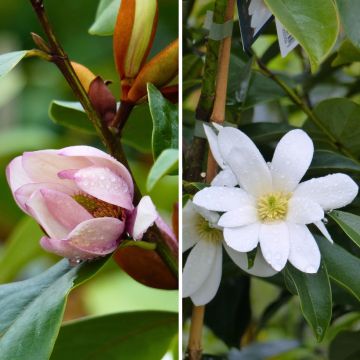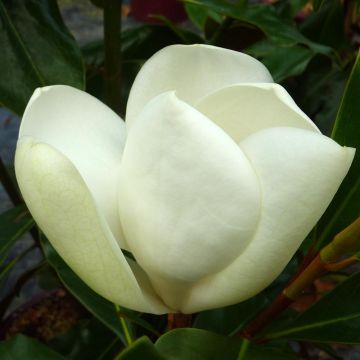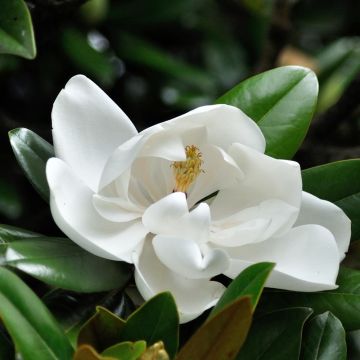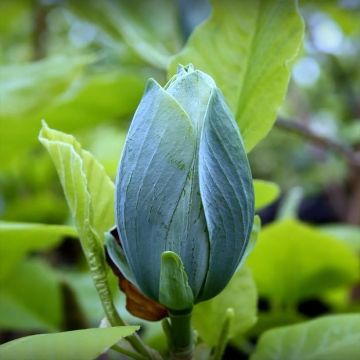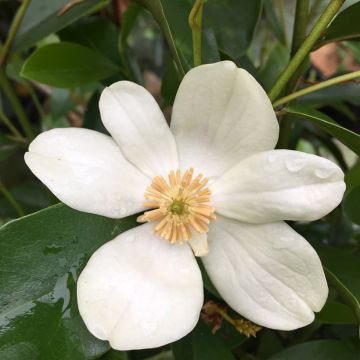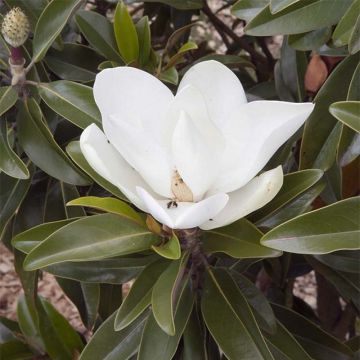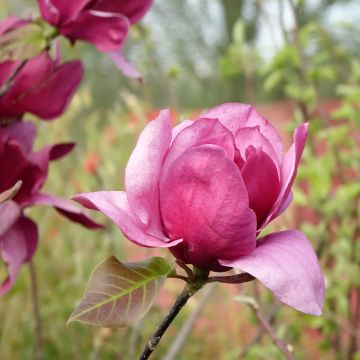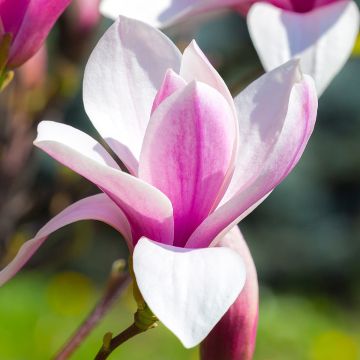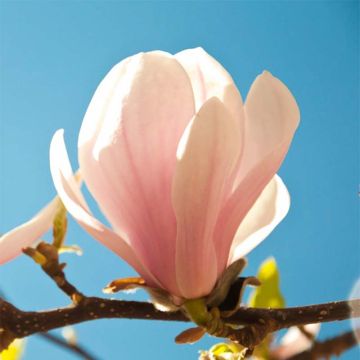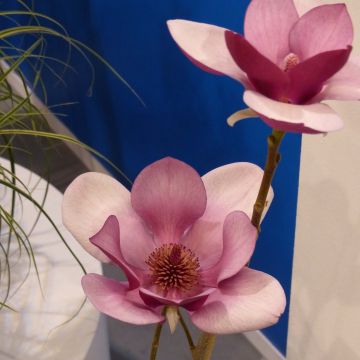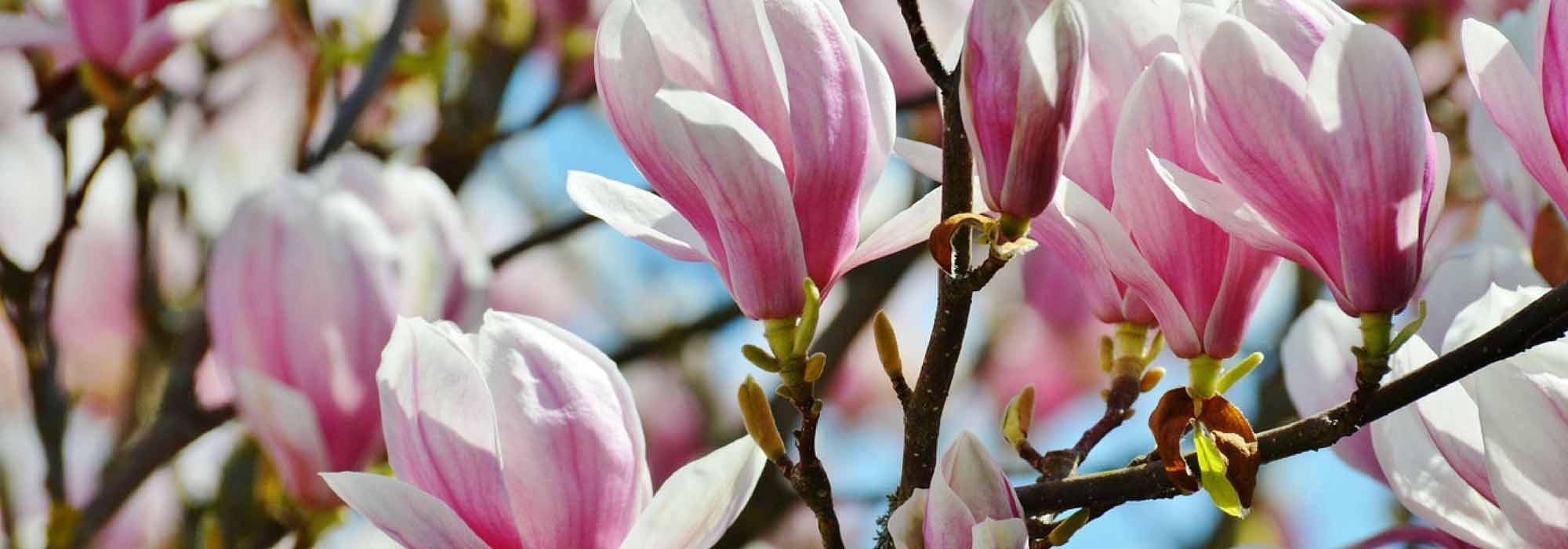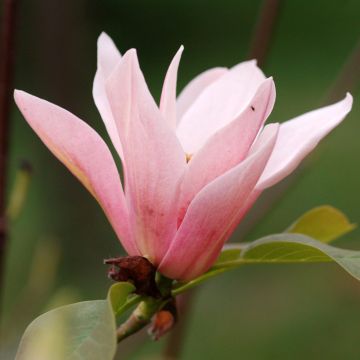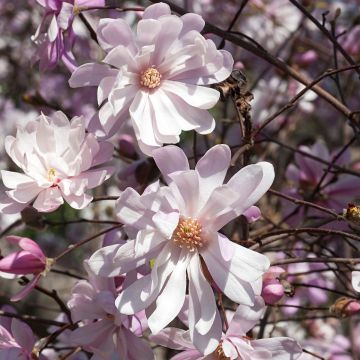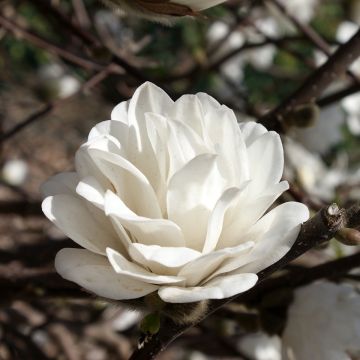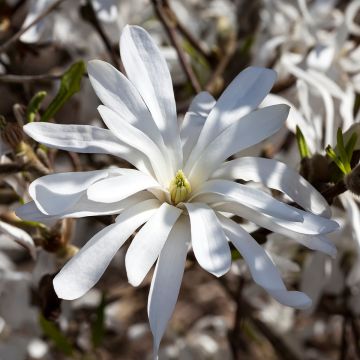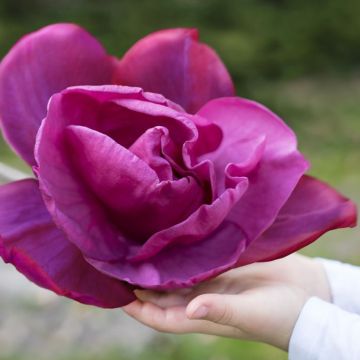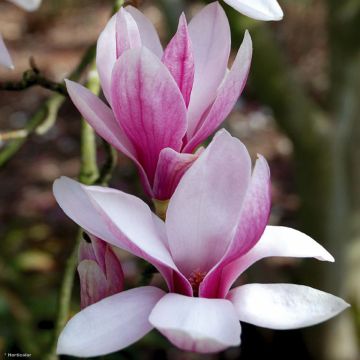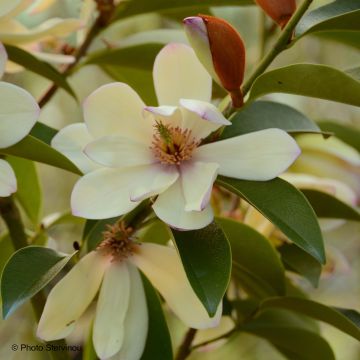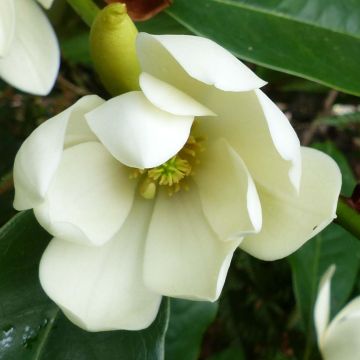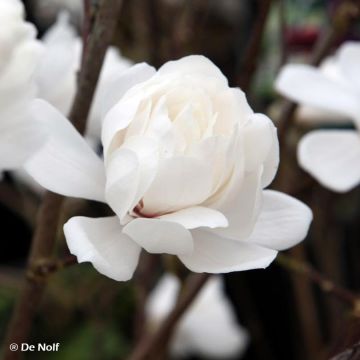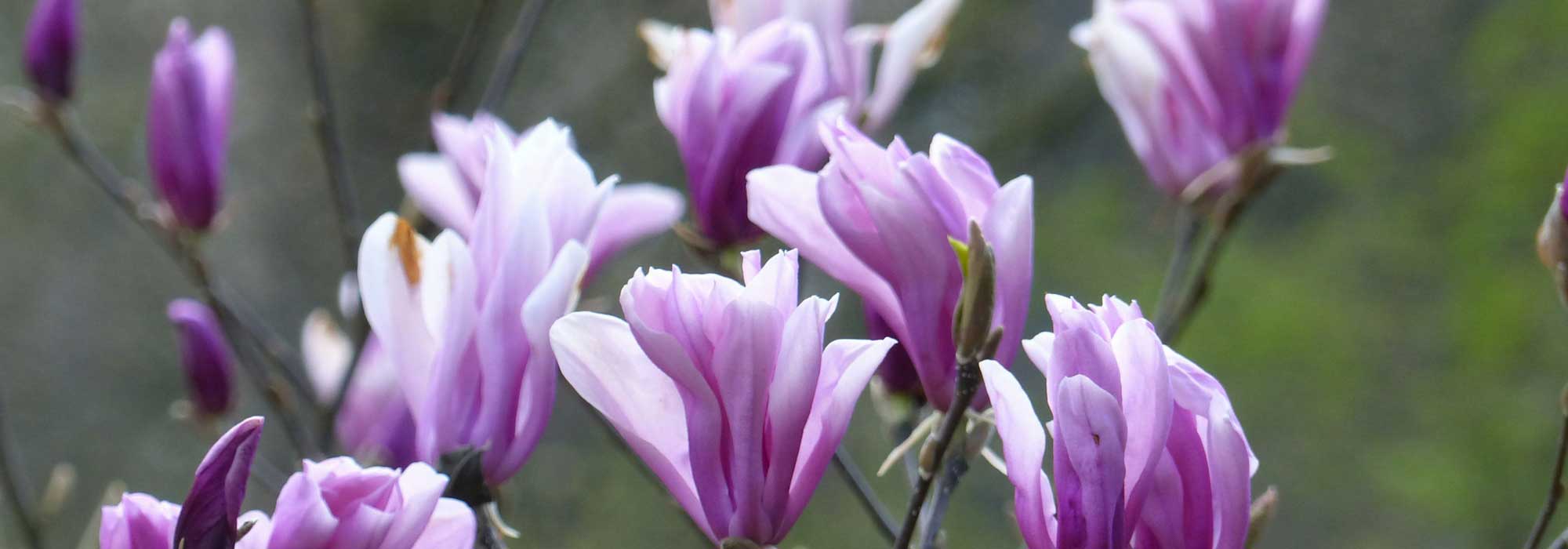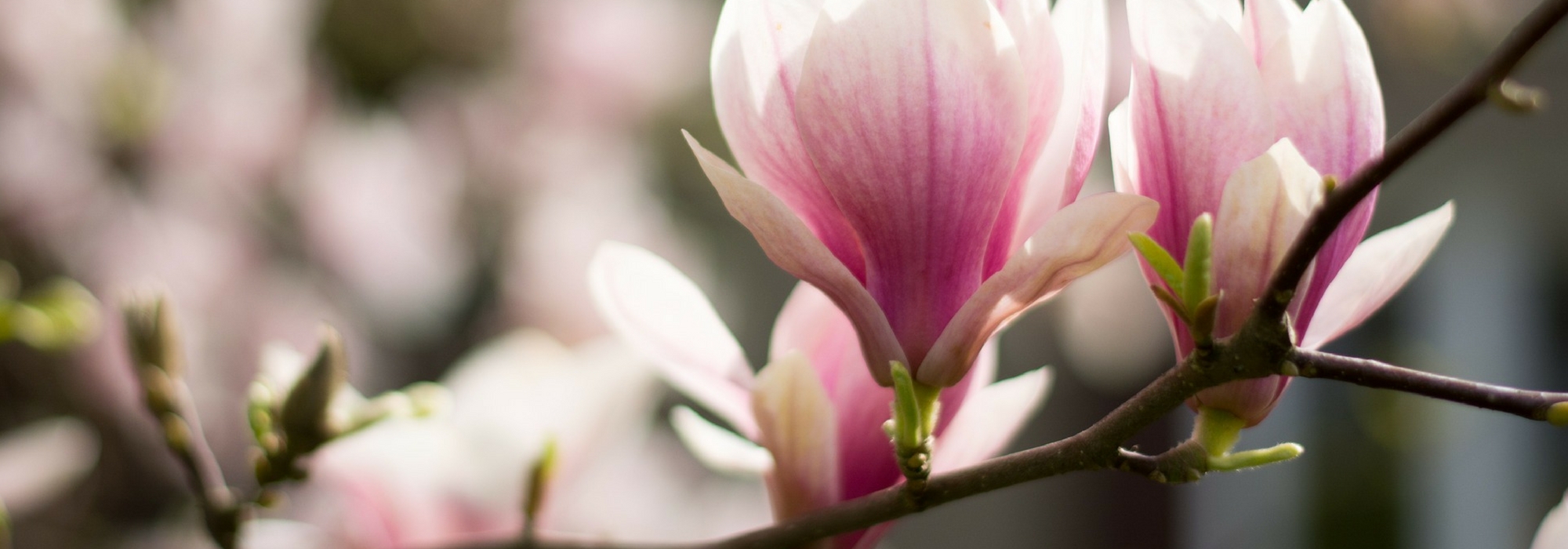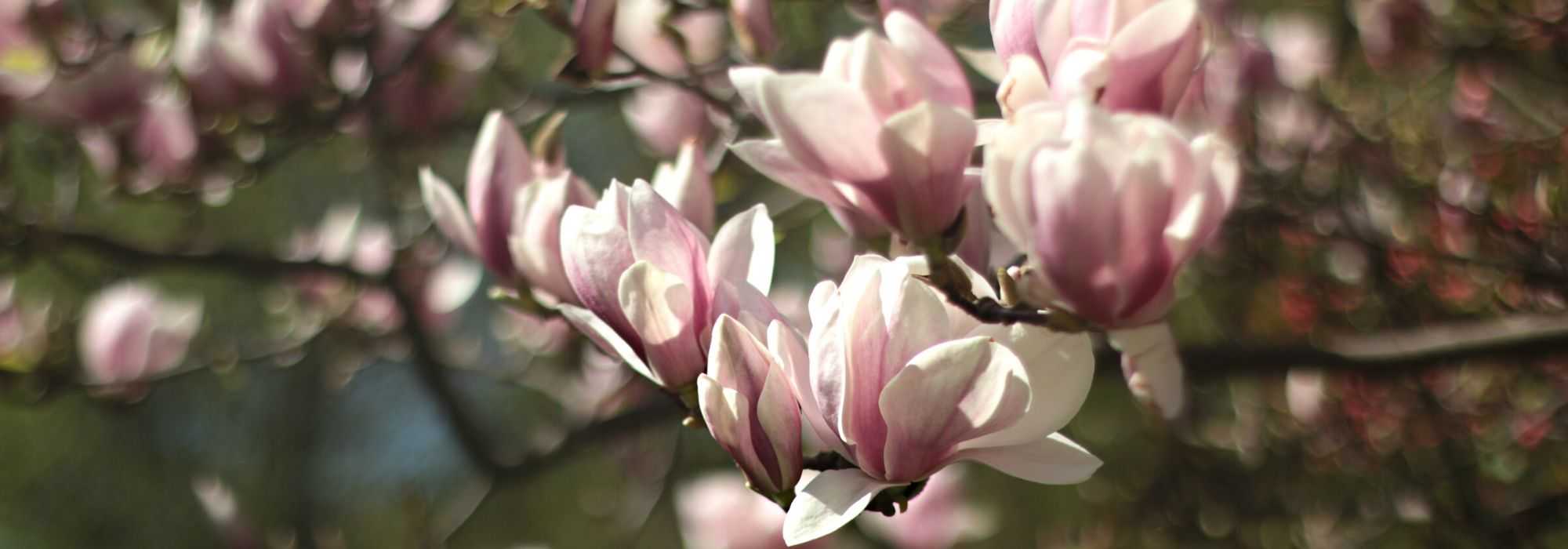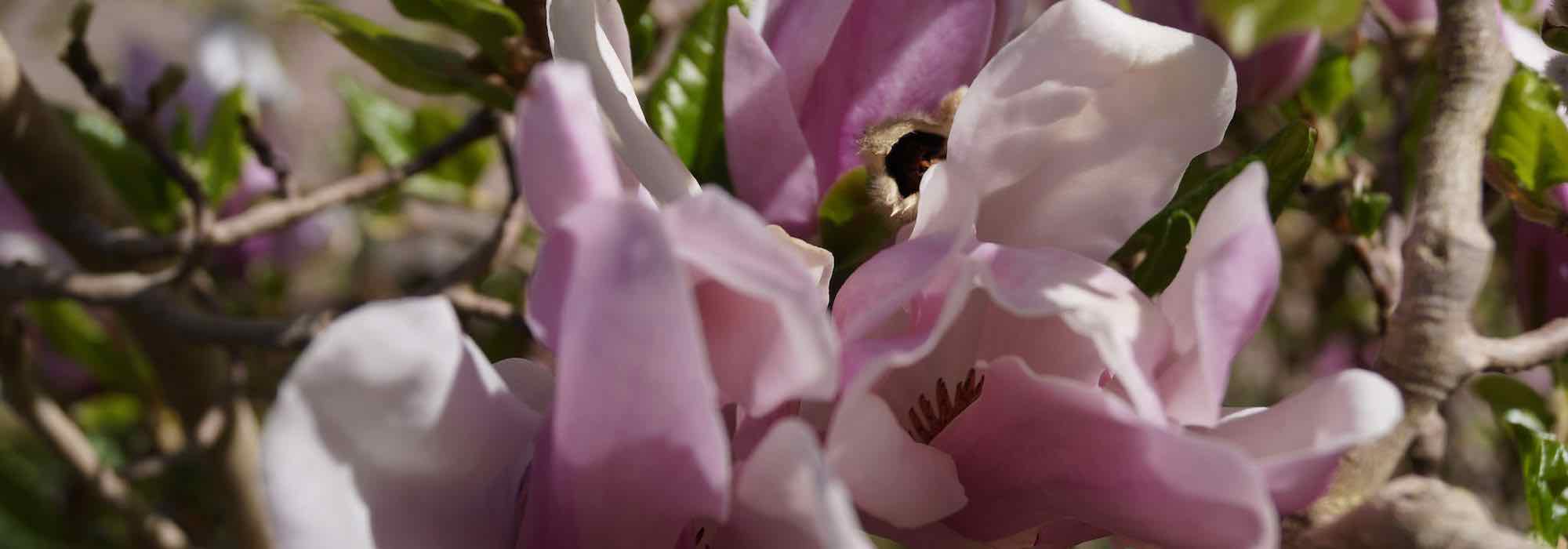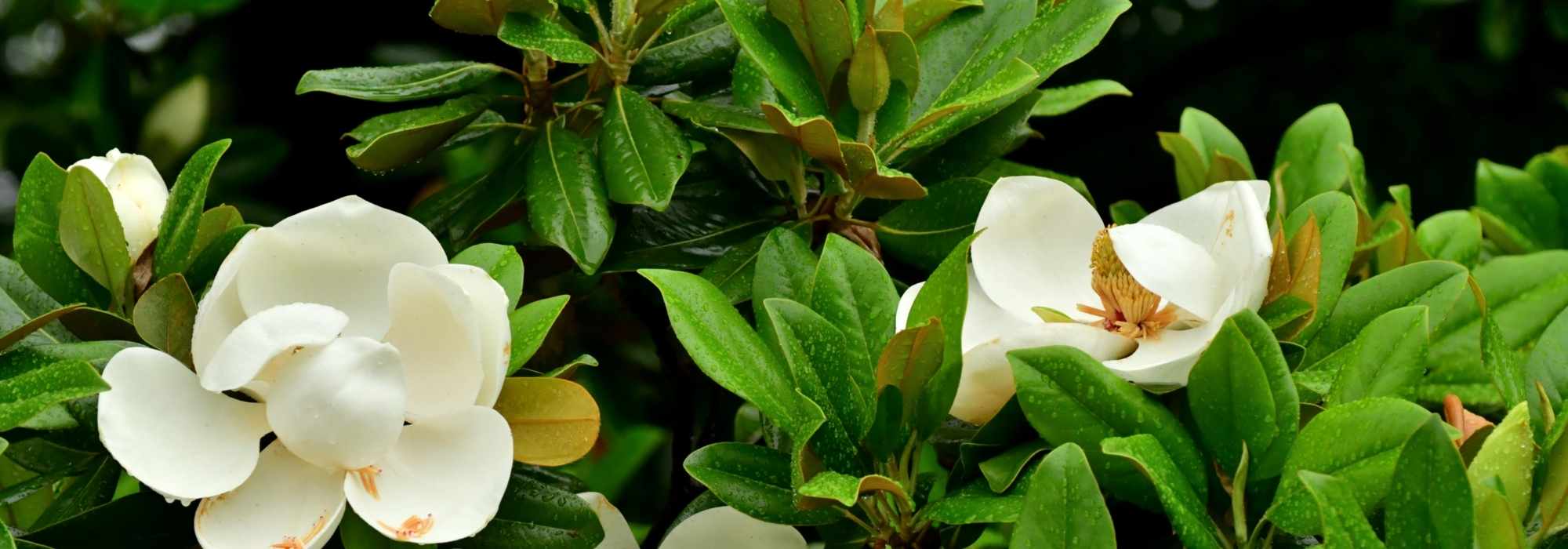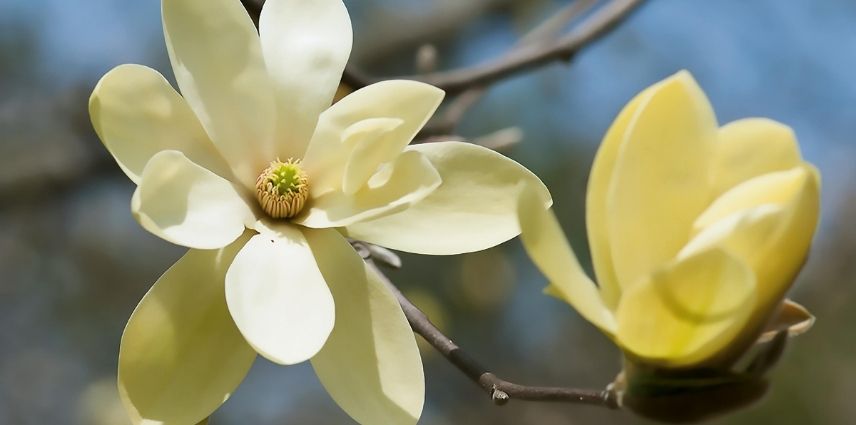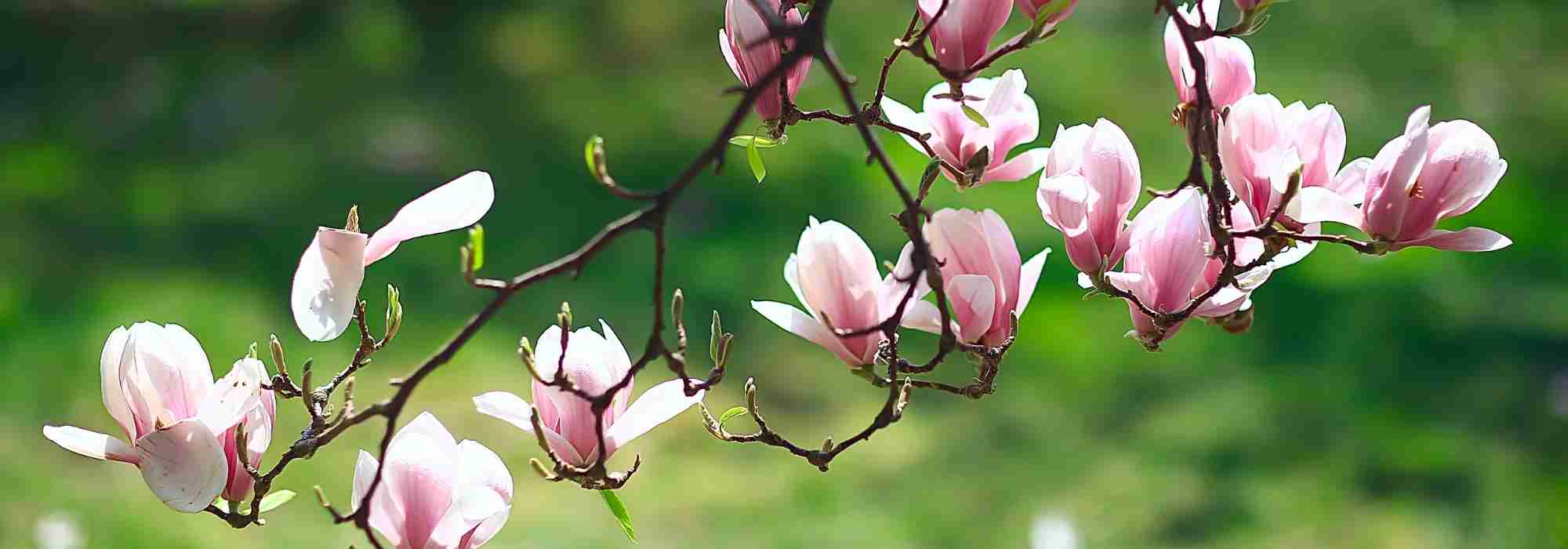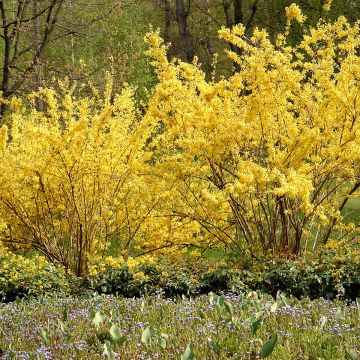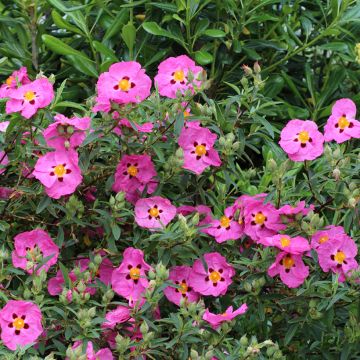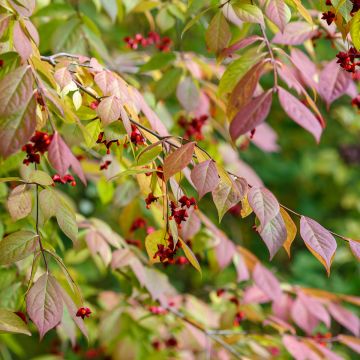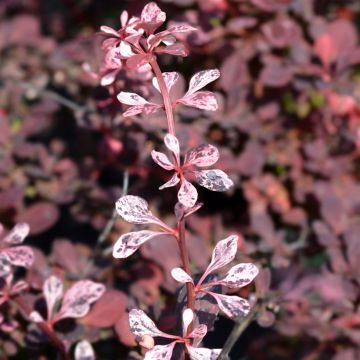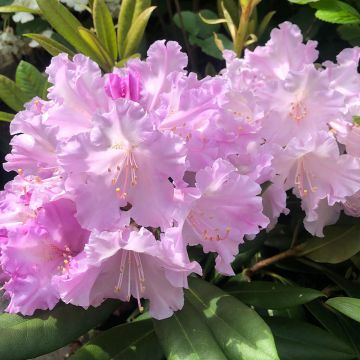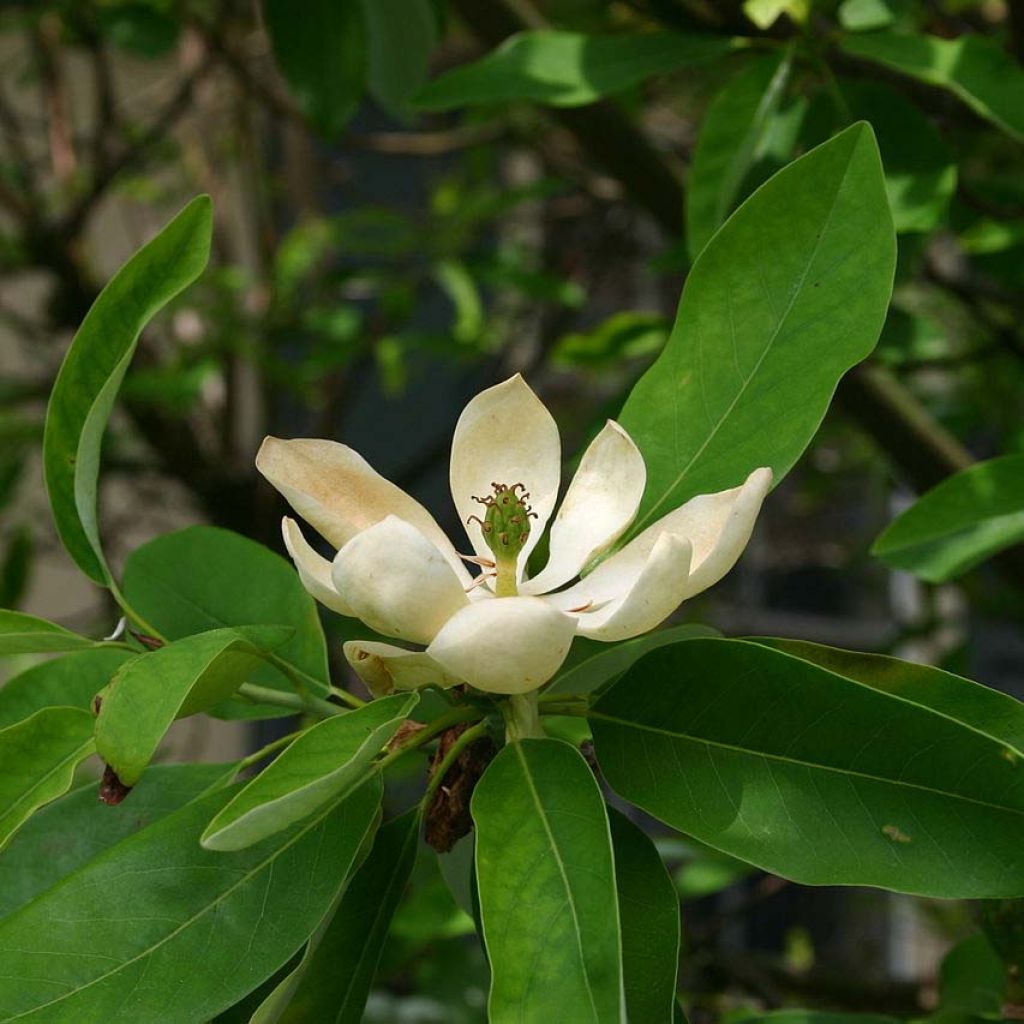

Magnolia virginiana Glauca - Magnolia de Virginie
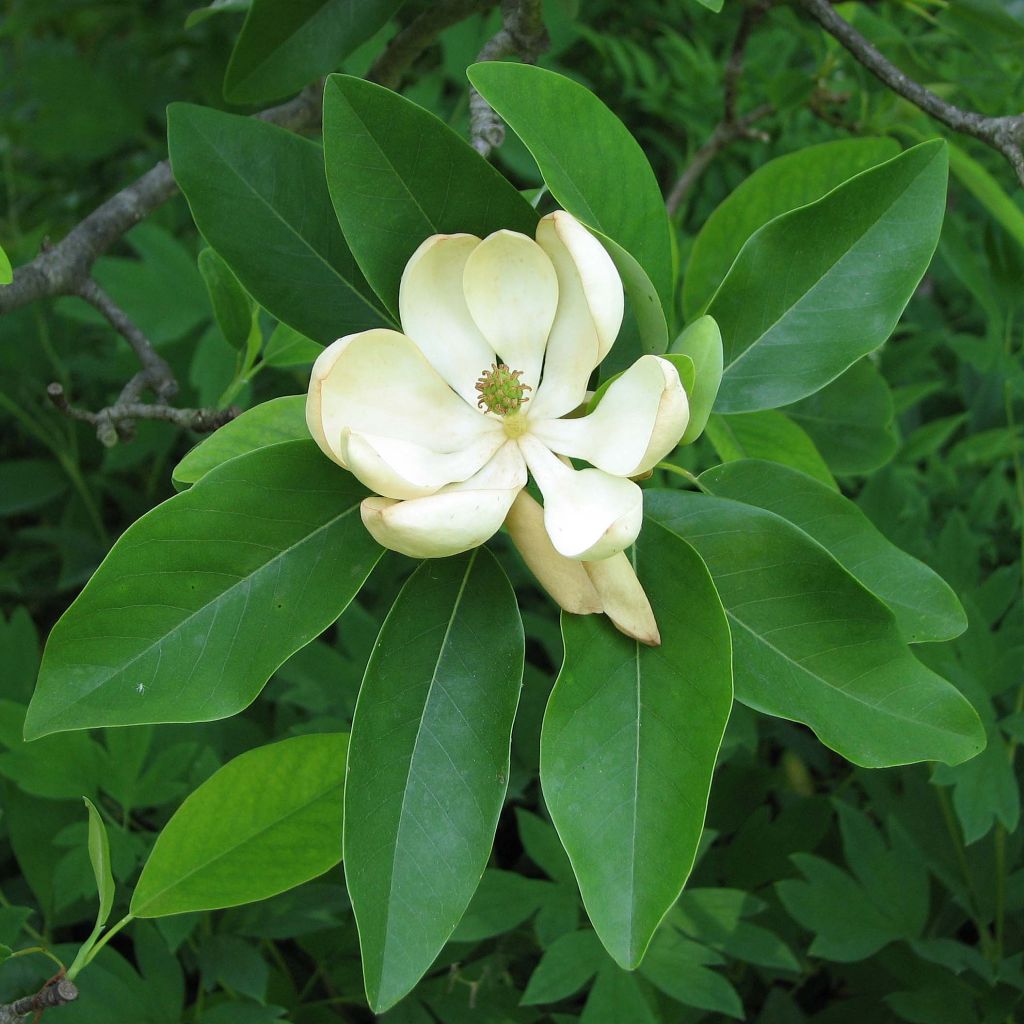

Magnolia virginiana Glauca - Magnolia de Virginie
Magnolia virginiana Glauca
Magnolia virginiana Glauca
Swamp Magnolia, Beaver Tree, Sweet Bay, Small Laurel Magnolia, Beaverwood, Castorwood, Elk Bark, Swamp Bay, Swamp Sassafras, White Bay, White Laurel, Swamp Laurel
The magnolia is very beautiful, well furnished unfortunately it was bent to fit in the box and its two terminal shoots were broken for 10cm (4in). That's really a shame, I'm a bit disappointed.
Isabelle, 11/08/2021
Special offer!
Receive a €20 voucher for any order over €90 (excluding delivery costs, credit notes, and plastic-free options)!
1- Add your favorite plants to your cart.
2- Once you have reached €90, confirm your order (you can even choose the delivery date!).
3- As soon as your order is shipped, you will receive an email containing your voucher code, valid for 3 months (90 days).
Your voucher is unique and can only be used once, for any order with a minimum value of €20, excluding delivery costs.
Can be combined with other current offers, non-divisible and non-refundable.
Why not try an alternative variety in stock?
View all →This plant carries a 24 months recovery warranty
More information
We guarantee the quality of our plants for a full growing cycle, and will replace at our expense any plant that fails to recover under normal climatic and planting conditions.
Would this plant suit my garden?
Set up your Plantfit profile →
Description
Magnolia virginiana 'Glauca' is a variety of Magnolia with particularly decorative foliage, bright green on top, glaucous to silvery underneath, more or less evergreen to deciduous depending on the severity of the winter. A long summer flowering period with a rather exceptional fragrance is another asset of this small tree: its semi-double, globular cup-shaped flowers, cream-white in colour, small in size for the genus, exhale a wonderful lemony fragrance, and its bright red fruits are decorative. This hardy and limestone-tolerant species is one of the few that can withstand very wet or even waterlogged soils. So many reasons to adopt it if the soil in your garden is heavy and clayey!
Within the Magnolia family, the Magnolia virginiana is the first species to have been scientifically described in 1753, with the criteria of modern botany, it is the representative species of the genus Magnolia. It is native to the southeastern United States, specifically the floodplains and swamps along the Atlantic coast in the southern USA. The 'Glauca' cultivar distinguishes itself with semi-double flowers, and slightly slower growth. It is a medium-sized tree, perfectly hardy, often many-stemmed, developing a broadly conical crown, with a rather dense appearance. In European gardens, it can reach an average height of 3.5 meters (11 feet) by 1.5 meters (5 feet) at the age of 10, and at maturity, 7 meters (23 feet) in height and 4 meters (13 feet) in width. Its branches bear deciduous leaves in cold regions (they generally fall around January), or evergreen in moderate to mild climates. They measure up to 12cm (5in) in length and 5cm (2in) in width, arranged alternately. The upper surface of the leaf is quite dark with a satin finish, while the underside is hairy and of a lighter colour, glaucous with silvery reflections. Flowering takes place from June to September, for about 3 months, intermittently. The flowers appear at the ends of the branches. They are round cup-shaped, cream-white to pale yellow in colour, and measure about 8cm (3in) in diameter. They are composed of 12 to 15 thick petals, with a slightly parchment-like texture. Their fragrance spreads over tens of meters, a mixture of vanilla notes, orange blossom, and lemon. The seed heads, 3 to 5cm (1 to 2in) long, reddish-pink in colour, are composed of fused fruits that open to release black seeds surrounded by bright red pulp. The bark of this tree is smooth, gray in colour, and aromatic: its fragrance resembles that of bay laurel.
This Magnolia, with magnificent foliage and flowers, deserves to be discovered and planted more often in medium-sized gardens or large parks. Its good tolerance to waterlogged soils allows it to thrive in heavy ground, but also near watercourses or ponds. It will naturally be most often used as a solitary subject in the middle of a lawn or towering over a lower shrub bed. It pairs well with the flamboyant flowers of Rhododendrons and tree peonies. Beautiful trees like the Henry's Lime (Tilia henryana) will accompany it in its flowering. To accompany it at the end of the season, the Caramel Tree (Cercidiphyllum japonicum) or the Persian Ironwood (Parrotia persica) will enhance its foliage with magnificent autumn colours.
Magnolia virginiana Glauca in pictures




Plant habit
Flowering
Foliage
Botanical data
Magnolia
virginiana
Glauca
Magnoliaceae
Swamp Magnolia, Beaver Tree, Sweet Bay, Small Laurel Magnolia, Beaverwood, Castorwood, Elk Bark, Swamp Bay, Swamp Sassafras, White Bay, White Laurel, Swamp Laurel
Cultivar or hybrid
Other Magnolia
View all →Planting and care
Magnolia virginiana 'Glauca' prefers sunny to partially shaded exposures, a deep, moist soil even in summer, possibly wet and waterlogged, rich, clayey and humiferous, neutral to acidic. It is hardy down to -20°C (1°F) and tolerates the presence of limestone in the soil. Planting of the Magnolia can be done in spring or autumn, outside the frost period. Prepare a hole 80cm (32in) wide and just as deep with a good supply of ericaceous soil and compost if your soil tends to be clayey and slightly limestone. Take care to gently handle it when placing it in the hole, so as not to break the fleshy but fragile roots. Immediate watering, preferably with non-limestone water (rainwater), helps to compact the soil around the roots. During the first year of planting, the Magnolia requires watering once a week. It will appreciate a mulch once a year in spring. For planting in very limestone soil, it will be necessary to replace the soil in depth with leaf compost and ericaceous soil. Water abundantly in the first years. Magnolia does not like drought, so the soil should remain moist throughout the summer. It is recommended to mulch the base to keep it moist during the hot season, enrich the soil, and protect it from the cold in winter. Since its roots are fragile, transplanting should be avoided. The only enemies of Magnolia are parasites such as scale insects, snails and slugs that attack young plants, and diseases such as rot (in really waterlogged soil) and coral disease.
Planting period
Intended location
Care
Planting & care advice
-
, onOrder confirmed
Reply from on Promesse de fleurs
Similar products
Haven't found what you were looking for?
Hardiness is the lowest winter temperature a plant can endure without suffering serious damage or even dying. However, hardiness is affected by location (a sheltered area, such as a patio), protection (winter cover) and soil type (hardiness is improved by well-drained soil).

Photo Sharing Terms & Conditions
In order to encourage gardeners to interact and share their experiences, Promesse de fleurs offers various media enabling content to be uploaded onto its Site - in particular via the ‘Photo sharing’ module.
The User agrees to refrain from:
- Posting any content that is illegal, prejudicial, insulting, racist, inciteful to hatred, revisionist, contrary to public decency, that infringes on privacy or on the privacy rights of third parties, in particular the publicity rights of persons and goods, intellectual property rights, or the right to privacy.
- Submitting content on behalf of a third party;
- Impersonate the identity of a third party and/or publish any personal information about a third party;
In general, the User undertakes to refrain from any unethical behaviour.
All Content (in particular text, comments, files, images, photos, videos, creative works, etc.), which may be subject to property or intellectual property rights, image or other private rights, shall remain the property of the User, subject to the limited rights granted by the terms of the licence granted by Promesse de fleurs as stated below. Users are at liberty to publish or not to publish such Content on the Site, notably via the ‘Photo Sharing’ facility, and accept that this Content shall be made public and freely accessible, notably on the Internet.
Users further acknowledge, undertake to have ,and guarantee that they hold all necessary rights and permissions to publish such material on the Site, in particular with regard to the legislation in force pertaining to any privacy, property, intellectual property, image, or contractual rights, or rights of any other nature. By publishing such Content on the Site, Users acknowledge accepting full liability as publishers of the Content within the meaning of the law, and grant Promesse de fleurs, free of charge, an inclusive, worldwide licence for the said Content for the entire duration of its publication, including all reproduction, representation, up/downloading, displaying, performing, transmission, and storage rights.
Users also grant permission for their name to be linked to the Content and accept that this link may not always be made available.
By engaging in posting material, Users consent to their Content becoming automatically accessible on the Internet, in particular on other sites and/or blogs and/or web pages of the Promesse de fleurs site, including in particular social pages and the Promesse de fleurs catalogue.
Users may secure the removal of entrusted content free of charge by issuing a simple request via our contact form.
The flowering period indicated on our website applies to countries and regions located in USDA zone 8 (France, the United Kingdom, Ireland, the Netherlands, etc.)
It will vary according to where you live:
- In zones 9 to 10 (Italy, Spain, Greece, etc.), flowering will occur about 2 to 4 weeks earlier.
- In zones 6 to 7 (Germany, Poland, Slovenia, and lower mountainous regions), flowering will be delayed by 2 to 3 weeks.
- In zone 5 (Central Europe, Scandinavia), blooming will be delayed by 3 to 5 weeks.
In temperate climates, pruning of spring-flowering shrubs (forsythia, spireas, etc.) should be done just after flowering.
Pruning of summer-flowering shrubs (Indian Lilac, Perovskia, etc.) can be done in winter or spring.
In cold regions as well as with frost-sensitive plants, avoid pruning too early when severe frosts may still occur.
The planting period indicated on our website applies to countries and regions located in USDA zone 8 (France, United Kingdom, Ireland, Netherlands).
It will vary according to where you live:
- In Mediterranean zones (Marseille, Madrid, Milan, etc.), autumn and winter are the best planting periods.
- In continental zones (Strasbourg, Munich, Vienna, etc.), delay planting by 2 to 3 weeks in spring and bring it forward by 2 to 4 weeks in autumn.
- In mountainous regions (the Alps, Pyrenees, Carpathians, etc.), it is best to plant in late spring (May-June) or late summer (August-September).
The harvesting period indicated on our website applies to countries and regions in USDA zone 8 (France, England, Ireland, the Netherlands).
In colder areas (Scandinavia, Poland, Austria...) fruit and vegetable harvests are likely to be delayed by 3-4 weeks.
In warmer areas (Italy, Spain, Greece, etc.), harvesting will probably take place earlier, depending on weather conditions.
The sowing periods indicated on our website apply to countries and regions within USDA Zone 8 (France, UK, Ireland, Netherlands).
In colder areas (Scandinavia, Poland, Austria...), delay any outdoor sowing by 3-4 weeks, or sow under glass.
In warmer climes (Italy, Spain, Greece, etc.), bring outdoor sowing forward by a few weeks.






























